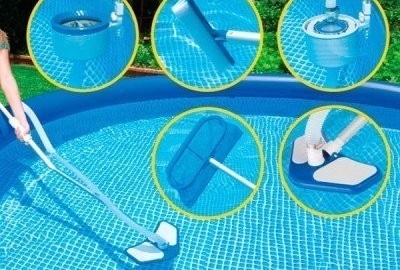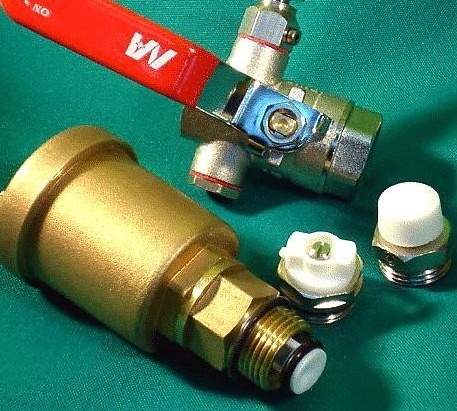Why do I need a compressor for a septic tank and how to connect it correctly?
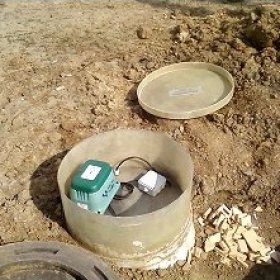
Owners of private houses are increasingly abandoning the construction of cesspools in favor of septic tanks more complex in design. This type of sewage system is practically superior to its ancient predecessor: it efficiently decomposes waste, does not need frequent cleaning, does not bother residents with a characteristic unpleasant odor, etc. Home-made septic tanks usually consist of one or two sealed containers, but some industrial models include more than two chambers and are equipped with such a useful device as a compressor for septic tanks.
Why is a compressor necessary?
Normal homemade septic tank
It would seem, why complicate the design of an already working septic tank? Most often, a homemade septic tank consists from two plastic containers. Also distributed concrete ring option.
In the first tank, the sewage settles and decomposes under the influence of anaerobic bacteria. In this compartment, for obvious reasons, the bottom of the tank is sealed. In the second compartment of the septic tank, instead of the bottom, a layer of drainage material is placed on the soil: gravel, fragments of brick, gravel, etc. Partially treated effluents enter this tank and slowly seep into the soil. In soil, the wastewater treatment process continues under the influence of aerobic bacteria. Such a septic tank needs to be cleaned much less often than traditional cesspool, while the soil is reliably protected from pollution by sewage.
Anaerobic and aerobic bacteria
As already noted, waste water is involved in the treatment of two types of bacteria - anaerobic and aerobic. The former are perfect for a homemade septic tank, because they do not need oxygen for life. But aerobic microorganisms need a certain amount of air, otherwise they will die.
In industrial models of septic tanks, there is an additional compartment into which the effluents enter after partial treatment with anaerobic microorganisms. In this part of the septic tank, cultures of specially selected aerobic microorganisms are populated, and air is pumped here to ensure their successful vital activity. This procedure is carried out using a compressor for the septic tank.
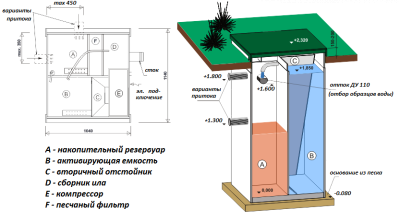
A modern multi-chamber septic tank with a compressor allows you to purify water in several stages, after which it can be used for various technical needs
After such a thorough multi-stage purification, the water becomes suitable for further use. Hardly anyone wants to use it for domestic water supply, but for technical needs, for example, for irrigation, it is quite suitable.
How to upgrade an existing septic tank?
To improve the septic tank, you must:
- create an additional compartment, which is also called aeration tank;
- equip an aerator in this compartment, which is a perforated pipe, the lower end of which is sealed;
- choose, purchase and install a compressor with which air will be pumped into the aerotank.
Note! In some models of septic tanks, a special screw is provided, which allows you to mix the drains so that the cleaning is carried out more efficiently.
There is nothing particularly complicated in the installation procedure of a ready-made compressor. The finished device is usually installed above the septic tank. An aerator is connected to the compressor outlet pipe. After that, it is only necessary to provide power to the compressor. Of course, before installation, you should carefully study the manufacturer's recommendations.
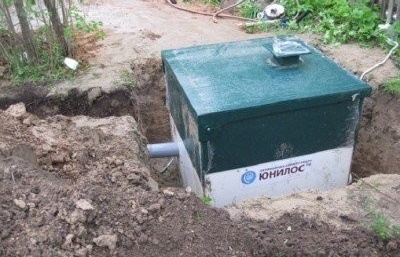
Industrial models of septic tanks are already equipped with a built-in compressor, but in case of failure they must be repaired or replaced. In addition, it is recommended to replace the membranes in septic membranes every six months
More attention should be paid to choosing the right device. First of all, you need to determine the power of the device. If it is not sufficient, the amount of oxygen in the effluent will not be enough for the normal functioning of bacteria, which will eventually lead to their death. A compressor that is too powerful can create excess pressure in the tank. In any case, the normal process of wastewater treatment will be disrupted. In addition, the compressor must be:
- not too noisy so as not to disturb the residents of a private house;
- resistant to aggressive substances and durable;
- easy to install, operate and maintain;
- not creating vibration, since vibrations of the device can lead to damage to the septic tank;
compact and affordable.
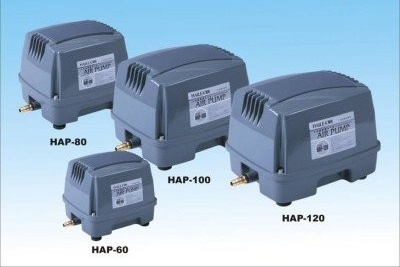
Membrane compressors for septic tanks are compact in size, easy to maintain and low price, which allows them to be successfully used for arranging autonomous sewage
The issue of compressor power is quite important, therefore, it does not hurt to consult with specialists in this regard who will help you choose a device with suitable parameters.
Depending on the method of air injection, screw and diaphragm compressors are distinguished. For a relatively small device such as autonomous sewage, membrane models are best suited. During their operation, it is recommended to replace the membranes twice a year, so that the device works properly. The process of replacing the compressor membrane is graphically presented in the following video:
Typically, industrial models of septic tanks are equipped with already built-in compressors, so when buying a finished product, the owner does not need to worry about installing it. However, over time, this element may fail. It should also be specified during the purchase whether the manufacturer's warranty includes the elimination of such a breakdown. If this is not the case, or the warranty has expired, you will have to solve the problem on your own or with the help of specialists.
